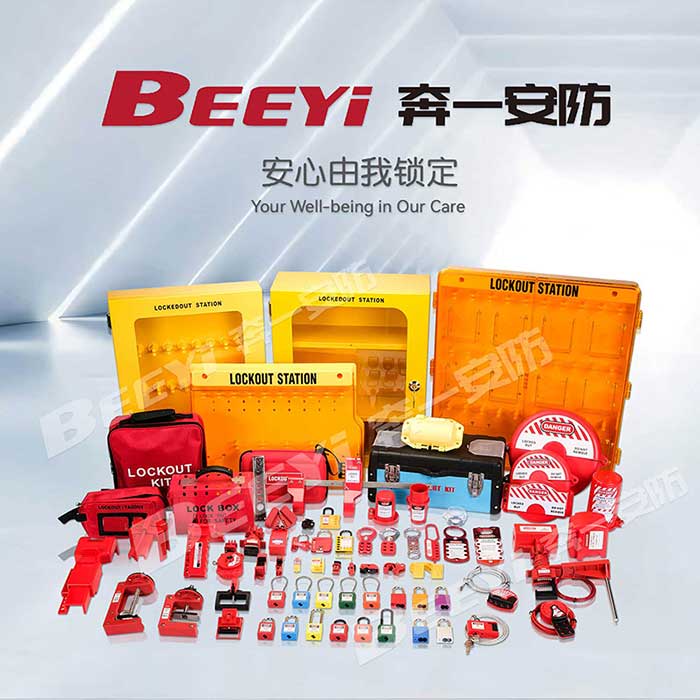In industrial and manufacturing settings, ensuring the safety of workers is paramount. One of the critical components of a safe working environment, particularly when dealing with pneumatic systems, is the use of pneumatic lockouts. These devices serve as a crucial part of the Lockout/Tagout (LOTO) safety procedures, which are designed to prevent the accidental release of hazardous energy during maintenance or repair work. Pneumatic lockouts, specifically, help isolate compressed air or gas systems, reducing the risk of injury or equipment damage caused by unintentional system activation.

What Are Pneumatic Lockouts? Pneumatic lockouts are safety devices designed to prevent the flow of compressed air or gas into pneumatic systems during maintenance or repair. These devices physically block or isolate the energy source (such as an air compressor or pneumatic valve) to ensure that the system cannot be activated while maintenance is ongoing. Pneumatic systems are common in industries that rely on compressed air for powering machinery, tools, or transport systems. Without proper lockout procedures, the inadvertent release of pressurized air can lead to severe accidents. How Do Pneumatic Lockouts Work?